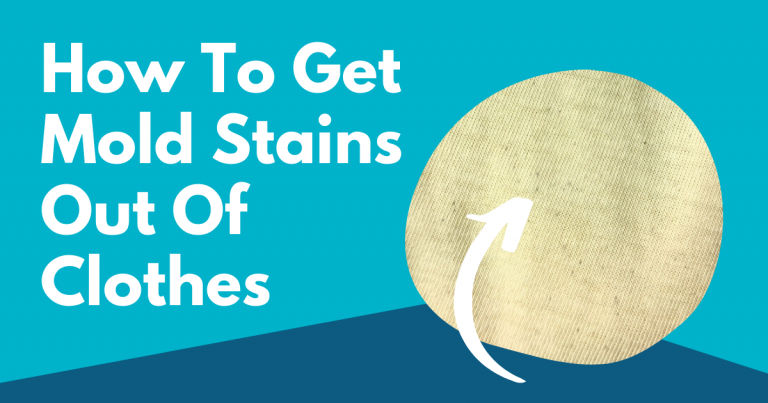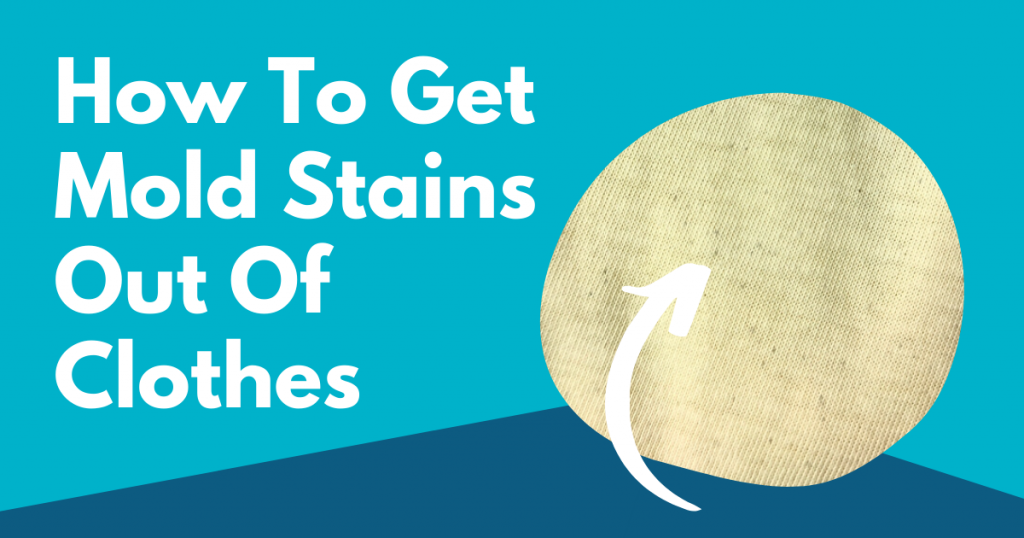
Mold and mildew are among the most unwanted guests at home. If you smell something musty in the air, you likely have mold infestation somewhere. Moreover, they can even pose health hazards to susceptible household members. Mold spores thrive when their spores land on damp surfaces. They feed off moisture and spread when not dealt with immediately.
The laundry hamper is one of the common areas where mold and mildew can grow. They travel thru the air and can grow on damp clothes thrown in the hamper. It’s a great practice to hang damp garments and allow them to dry if you can’t wash them right away. Leaving wet items in the washer creates the perfect breeding ground for mold and mildew. You can also get mold stains from clothes left in the washing machine for a long time.
You can easily spot mold and mildew as a nasty colorful mark on clothing. Moreover, mold stains smell like damp, smelly socks. What’s worse is that mildew and mold damage the fabric when left for a while. Dealing with mold can be annoying. But it’s not that hard to remove mold out of clothes. With help from common household cleaners, you can say goodbye to your musty problem.
Mold Spots On Clothes
Molds come in different colors. But, the most obvious sign that your clothes have mold is the foul odor. Cleaning mold is vital as mold growth can damage the fabric of clothing. Here’s how you can also tell that you have mold on clothes:
- Colorful stains. Mold stains are fuzzy-looking and come in different colors. They can range from black, brown, yellow, green, and even pink.
- Skin rash. People with sensitive skin can develop rashes from wearing mold clothing. When an individual has a weak immune system, it’s easy to get rashes from mold and mildew.
- Allergies. Breathing in mold spores in the air can cause adverse allergic reactions. Coughing and sneezing are your body’s way of removing the allergens out of the body.
How To Get Rid Of Mold On Clothes
To remove mold from clothes, you can wash them by hand, use a washing machine or take them to the dry cleaner. Here are ways to get rid of molds on your laundry at home using commercial and natural cleaners.
What You Can Use to Remove Mold from Clothes
Chlorine Bleach
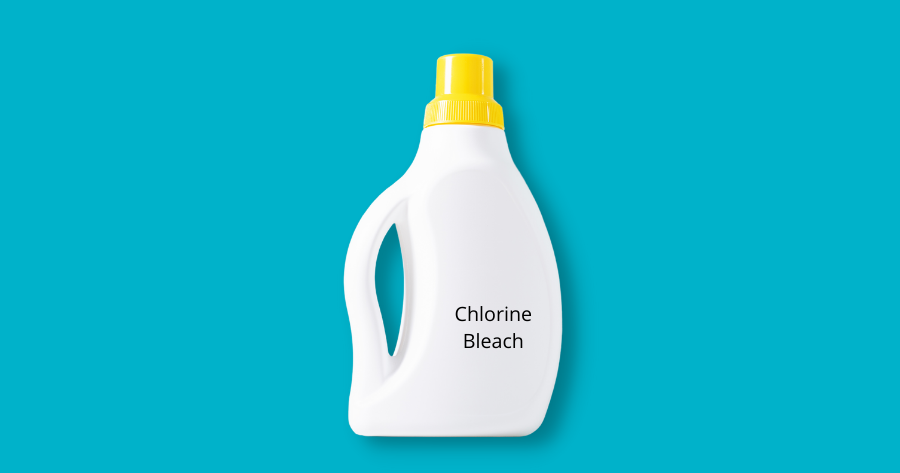
Bleach has mold-killing properties. However, only use bleach in white fabrics as they cause color fading. Sometimes borax is added to bleach. It’s because borax can increase its effectiveness in dealing with porous surfaces such as fabrics. In addition, borax can also aid in mold removal together with bleach.
Hand washing
- Fill the sink with hot water and add a cup of bleach.
- You can soak the clothes in the bleach solution for a couple of hours.
- After soaking, proceed to wash the soiled clothing using a laundry detergent.
Using a Washing Machine
- Add the laundry detergent to the tub before adding the moldy garments.
- Set the amount of water to high. Then fill the tub with hot water. Most mildew and molds are heat-sensitive. They get killed when the water temperature reaches 140-160°F (60-71°C).
- Pour one cup of bleach into the bubbly water. The bleach will aid the laundry detergent in mold removal.
- Once done, you can allow the clothes to air dry. It’s best to skip the dryer to make sure no remaining mildew or mold sets in.
- Repeat washing when necessary.
Brushing and Commercial Stain Remover
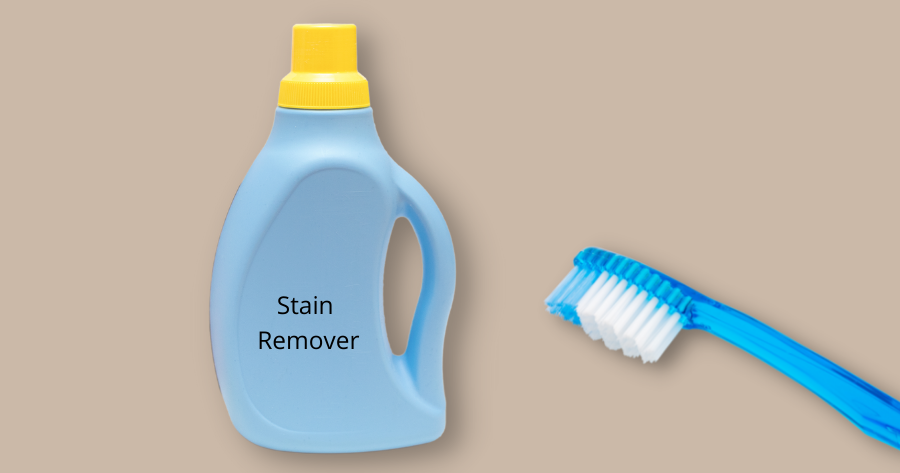
- Scrub off the mold first using a soft-bristled brush such as an old but clean toothbrush. It’s best to do this outdoors or at least in a well-ventilated area. This way, you lessen your chance of inhaling the spores or spreading them elsewhere. Molds travel through the air and can easily attach to wet surfaces. Scrub off as much mold or mildew build-up as you can. Make sure to discard the toothbrush afterward.
- Spray a commercial stain remover on the fabric.
- Let the stain remover sit on the fabric for around 30 minutes. This will allow the chemical to penetrate the clothing and kill the mildew or mold in the clothing.
- Hand wash or machine wash the soaked garment using a laundry detergent. Don’t forget to use hot water when laundering the garment.
- After rinsing, check for any remaining mold or mildew. Let the machine run another cycle when necessary.
- Air-dry the cleaned clothes.
Borax
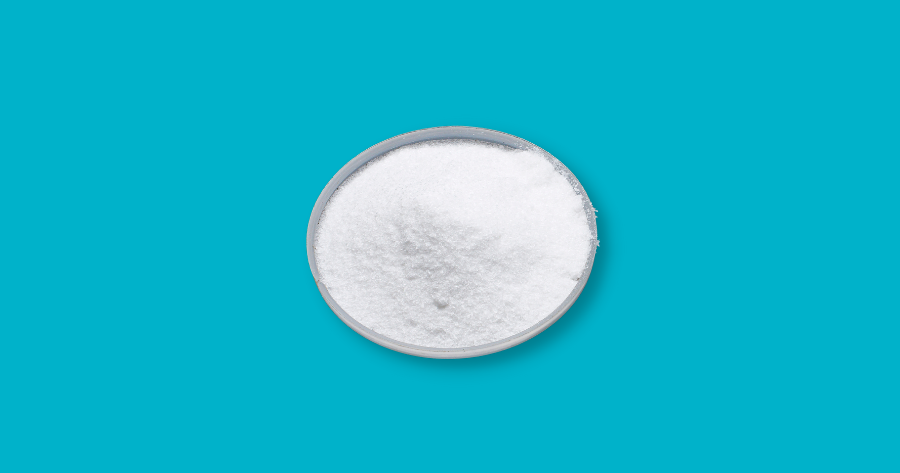
Borax is an effective laundry detergent alternative. Water becomes alkaline when you add borax to it. Alkaline water is effective in removing mold from clothes. Moreover, it can neutralize musty odors caused by mold and mildews. Be careful with using borax as it can also bleach clothes.
Hand washing
- Dilute half a cup of borax in a cup of hot water. Make sure to dissolve the borax in water completely.
- Fill the sink with hot water and add the borax and water solution.
- Soak the mold-infested clothing in the water-filled sink for at least 20 minutes.
- Proceed to wash the garment using a laundry detergent.
- Rinse the garment and allow it to air dry.
Using a Washing Machine
- Put the proper amount of detergent in the empty washer.
- Then add the mold-stained clothing. Make sure you don’t mix mold-infested clothing with other clothes in the wash.
- Fill the washing machine with the hottest water you can use.
- In a bowl, dissolve one cup of borax in hot water. Mix the borax and water to dissolve the borax.
- Pour the borax solution into the tub.
- Let the machine run for one cycle. Check the clothing for any remaining mildews. If there’s no more mold or mildew in the garments, air dry them outside.
Vinegar and Baking Soda
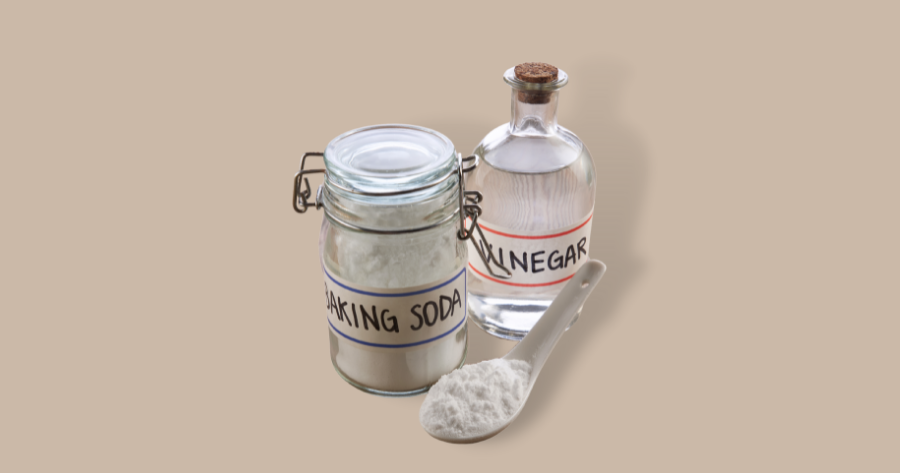
Vinegar is slightly acidic and is known to kill mold growth by over 80%. Moreover, vinegar is a natural and effective cleaning solution to fight mildew and mold in fabrics.
On the other hand, baking soda can effectively deodorize musty clothes. It absorbs moisture in the air and changes the pH level of fabrics during the wash. When combined, vinegar and baking soda can effectively aid in mold killing. Your clothes are sure to smell amazing after wash.
Hand washing
- Fill the sink with hot water.
- Add a cup of white vinegar to the water.
- Put the clothing in the sink and let it soak in the vinegar and hot water solution.
- Rinse the garment to remove the vinegar.
- Wash the garment using a laundry detergent.
- You can add half a cup of baking soda during the wash to remove the smell and stain.
- Rinse thoroughly and allow the clothes to air dry. Skip the dryer to make sure you don’t set any remaining mildew or mold in the garments.
Using a Washing Machine
- Put the garment with mold stains into the washing machine.
- Add the hot water and pour one cup of white vinegar into the wash. Do not add any detergent at this point.
- Run one cycle in the washing machine.
- After rinsing, wash the garment for another cycle. Doing so can thoroughly remove odors caused by mold growth in the fabric.
- Add the detergent and let the machine run another cycle.
- You can also add a cup of baking soda to deodorize the fabrics and increase its mold-killing power.
- After rinsing, allow the garments to air dry.
Dry Cleaning
Check the garment care label. If the mold-infested garment is dry clean only, it’s best to let professionals deal with it. Using an old but clean toothbrush, scrub off any mold. Make sure you point out the mold stain to the professional cleaners.
How to Prevent Mold on Clothes
Don’t Keep Wet Clothes in the Washer or Hamper
Don’t throw damp clothes in the hamper if you can’t wash them right away. It’s best to hang them out to dry to prevent the growth of mildew or bacteria on the fabric.
It’s okay to leave your newly washed laundry overnight. But it’s best to dry the clothes immediately in the morning. When there’s moisture and warmth, mold and mildew will thrive.
Decrease Moisture Levels in the Air
If you observe that mold and mildew are usual guests in the house, it’s best to check your ventilation at home. It’s best to keep moisture levels at a minimum to prevent the growth of these microorganisms. You can use electric fans or open the windows. Allow enough air to circulate inside your home.
Mildew and molds can also infest clothes hanging in the closet. To avoid mold infestation, you can place a dehumidifier inside every cabinet at home.
In Conclusion
Mold and mildew may be tricky to remove on fabric. However, with a bit of patience and techniques, you can say goodbye to musty clothing. Make sure you share this post to help others who may be facing the same moldy dilemma!
Want to share this?

